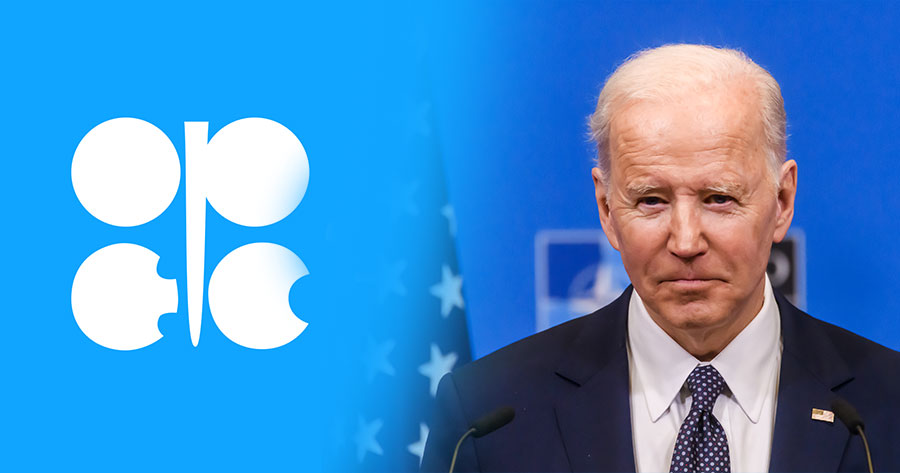The Organization of the Petroleum Exporting Countries and its allies known as OPEC+ is expected to deliver a resolution for a production cut at the meeting later today in an attempt to stabilize oil prices in the market.
Various sources close to the matter said that the group is considering a one million barrel-per-day cut, but some commented that the producers are eyeing as much as two million bpd cut.
Despite border reopening globally after a two-year restriction from the coronavirus pandemic, concerns over a slump in demand have risen due to recession fears in large economic countries such as the United States of America, the U.K. and EU, while China’s zero-covid policy also hamper demand in the market.
The international benchmark Brent crude dropped from June peaks of $120 a barrel to around $95 per barrel in September.
The falling oil prices were a positive result to U.S. drivers as gasoline prices fell to $3.82 per gallon from record highs of over $5 in June.
In the meantime, world’s leading oil producers such as Saudi Arabia have resisted pressures from the U.S. President Joe Biden to pump more oil into the market to lower gasoline prices and the burden on consumers.
Biden even flew to Saudi Arabia for a fist bump with the Crown Prince Mohammed bin Salman in July and requested the crown price’s aid in which Riyadh replied with a 100,000 barrel-per-day cut from OPEC and its allies, marking a first reduction in more than a year. The announcement came just a few days after Russia declared that it was shutting down gas transmission to Europe entirely and indefinitely.
Now, OPEC+, which includes Saudi Arabia and Russia, is working on cuts in excess of 1 million bpd, according to the report from Reuters, while one OPEC source said on Tuesday that the cuts could amount to up to 2 million.
The cut would essentially send oil prices higher from the current price that has been on a rise in speculation of the cut.
As citizens need to pay more for gas, particularly in the U.S., popularity of Biden could decline due to dissatisfaction of U.S. citizens over how the government has done to manage prices.
Biden’s popularity had just moved up to 41% in the fourth week of September, up from 39% a week prior. In May and June, the president’s popularity was as low as 36%, which drove his democratic party to lose control amid the economic crisis, rising inflation and potential recession.
However, Reuters reported today that Biden’s public approval rating edged lower this week to 40%, with just five weeks to go before the midterm elections on November 8.
With potential higher oil prices if OPEC+ decided to cut production, inflation could once again rise, putting more burden to U.S. consumers. As a counter act to tame inflation, the central bank had no other way but to raise interest rates, which could hamper its economic recovery and drive it into recession.


